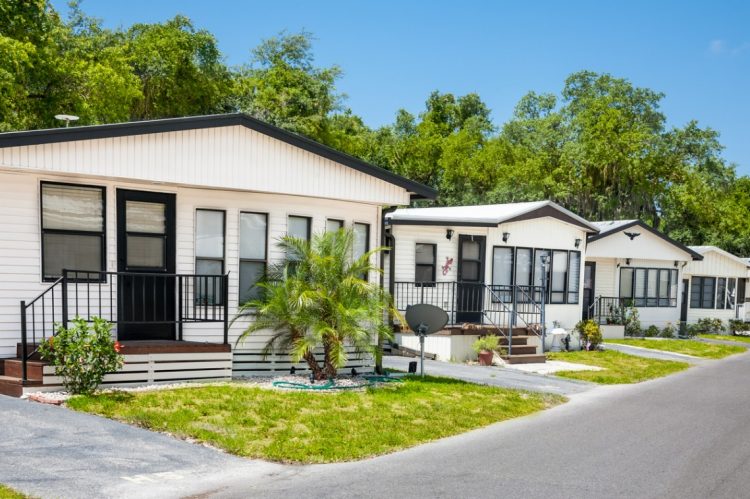When you picture a new home being built, you probably picture the construction occurring onsite. Manufactured housing flips this on its head with a home being built remotely, factory-style, then transported to the land where it will rest.
While Housing and Urban Development (HUD) Secretary Marcia Fudge has previously spoken of manufactured housing as a path toward affordability, the Harvard Center for Joint Housing Studies has now weighed in. A February 16 webinar broke down the findings of three research papers from the Center asking the same question: How can manufactured housing help home affordability?
The webinar, overseen by the Center’s Managing Director Chris Herbert, began with a look into the history of manufactured housing (which is not a new concept; production/ownership peaked in the 1990s). Unlike onsite housing, manufactured housing is beholden only to national building standards set by HUD (a code for manufactured housing was introduced in 1976), rather than statewide or local standards. This means that the homes can be uniformly manufactured and sold across the United States.
The sales process differs from the way in which a traditional onsite home is sold however. When it comes to manufactured homes, a dealer sells the house to a homebuyer, who must also purchase the land to site it.
Could manufactured housing, if more widely implemented, lead to a surge of direct seller-to-buyer transactions? It’s not that simple, because it creates a needed secondary transaction; the land on which the homebuyer will place their new manufactured home. As such, manufactured housing stands to be most effective in areas with low land costs, with the Harvard reports suggesting it is currently most prolific in small metropolitan areas in the American South and least prolific in large Northeastern metropolitan areas.
Furthermore, placing manufactured houses onto property sites/land is where local-level regulations, specifically with zoning and land use, come back into play. Moreover, mortgages can only be secured for real estate, whereas before the titling process, manufactured houses are counted as ineligible personal property.
Buyers of manufactured homes can theoretically apply for personal property loans rather than mortgages, but such loans are less likely to be approved. Pew Charitable Trusts found that Black homebuyers, who already face undue challenges on the path to homeownership, are more likely to be denied such loans. Herbert said during the webinar that manufactured housing could be an “important form of homeownership” for African Americans, but making that a reality requires loans.
The paper suggests that Black homebuyers pursuing Federal Housing Administration (FHA) backed loans (which they more rarely do) could help remedy these problems. As supporting evidence, Pew cites that from 2018 to 2022, Black borrowers seeking mortgages or personal property loans for manufactured housing were denied 83% and 80% of the time, respectively. Conversely, those seeking FHA loans were denied only 26% of the time.
The report suggests that institutional reforms are needed as the ultimate solution, but if you’re working with Black homebuyers who may be interested in purchasing a manufactured home, let them know the options as they currently stand.
A barrier to manufactured housing that you will face as a REALTOR® is a cultural one. As Herbert notes, manufactured houses are seen by many as equivalent to mobile homes, i.e., lower class. If the topic of manufactured housing comes up, let your clients know why the option exists, but be aware of why they might be against it.
Herbert did not respond to RISMedia’s request for comment.
For the full Harvard Center Studies webcast, click here.












